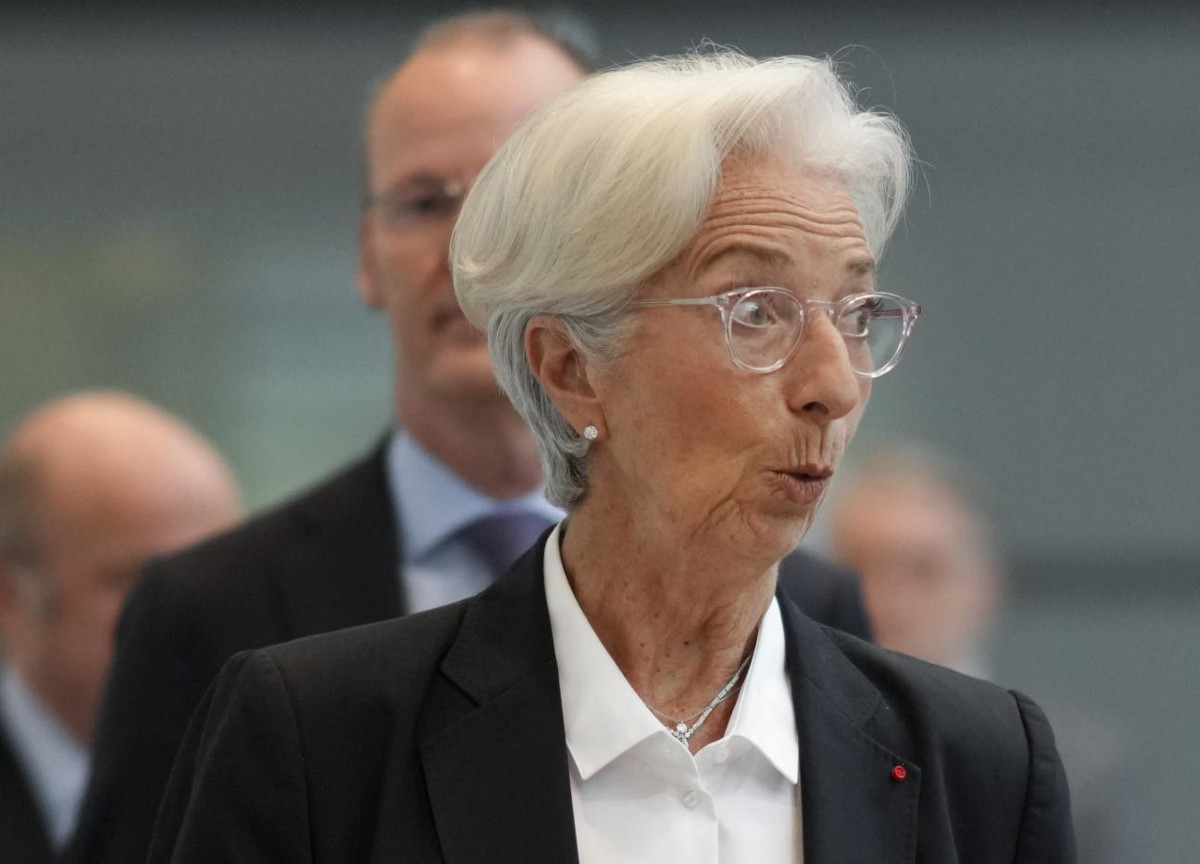Inflation, the lessons learned by Central Banks
What were the characteristics of this inflation that has hit the world since 2012? Which countries did it touch the most? Were the responses of the Central Banks correct? What have we learned in these years of growing rates that have not been seen for decades? These are some of the questions that many have asked themselves and which deserve answers from analysts and economists. First of all, it must be said that inflation has affected both emerging and developing countries and has had a faster growth rate than expected. In fact, the IMF’s World Economic Outlook (WEO) in its analyzes assumed that inflation in advanced countries would be around 2% during the 2022-23 period. but already six months earlier the trend had doubled to 4% with forecasts of 8% in 2023. This bullish trend was also caused by some global economic shocks of epochal dimensions. These include the weakness of post-Covid supply chains that could not keep up with the speed of reopening after the pandemic and then, at the end of 2021 and 2022, the increase in raw material prices due to the Russian invasion of Ukraine. And inflation rates have varied from country to country. Limited to 4% in Switzerland and Japan, for example, but exploded to 14% in countries like Brazil, Sweden and Chile.
Inflation, the responses of the Fed and ECB to this earthquake
The Fed responded to this earthquake rather quickly while the ECB decided to intervene a good four months late. In any case, both financial institutions were caught by surprise by the price increase. But since 2022, at different times, both have reacted with rapid rate increases. In any case, all central banks have followed a similar strategy: they have rapidly increased rates above the interest rate that stabilizes inflation at its target, they have carefully calibrated rates and above all they have maintained them (and are still keeping them by keeping) anchored for as long as there will be certainty that inflation has been defeated.
Inflation, what we have learned from these complicated years
This strategy, objectively, seems to have been successful. Because inflation is slowing down and the labor market, an important lever for development, is proving lively. Indeed, in many countries the trend of job creation (primarily in the USA) has never been so strong for decades. All this, not without deaths and injuries such as the 2022 crisis in the UK, the collapse of Credit Suisse or the banks linked to High Tech in the United States. What could we learn from this troubled period? Primo: Infaction is like earthquake, difficult to predict. Second: Interest rates are the perfect tool to make financial conditions tough. Third: central banks should calibrate rates by adapting them to economic moments. Quarto: Active fiscal policy can help stabilize inflation. Quinto: Too rapid rate increases can worsen the sustainability of public debt and create political pressure on central banks. Sixth: You need to know first that rate increases will create financial instability and therefore prepare for appropriate actions. What is certain is that this historical period was a great training ground that strengthened all the banks which, despite everything, managed to make unexpected profits.
